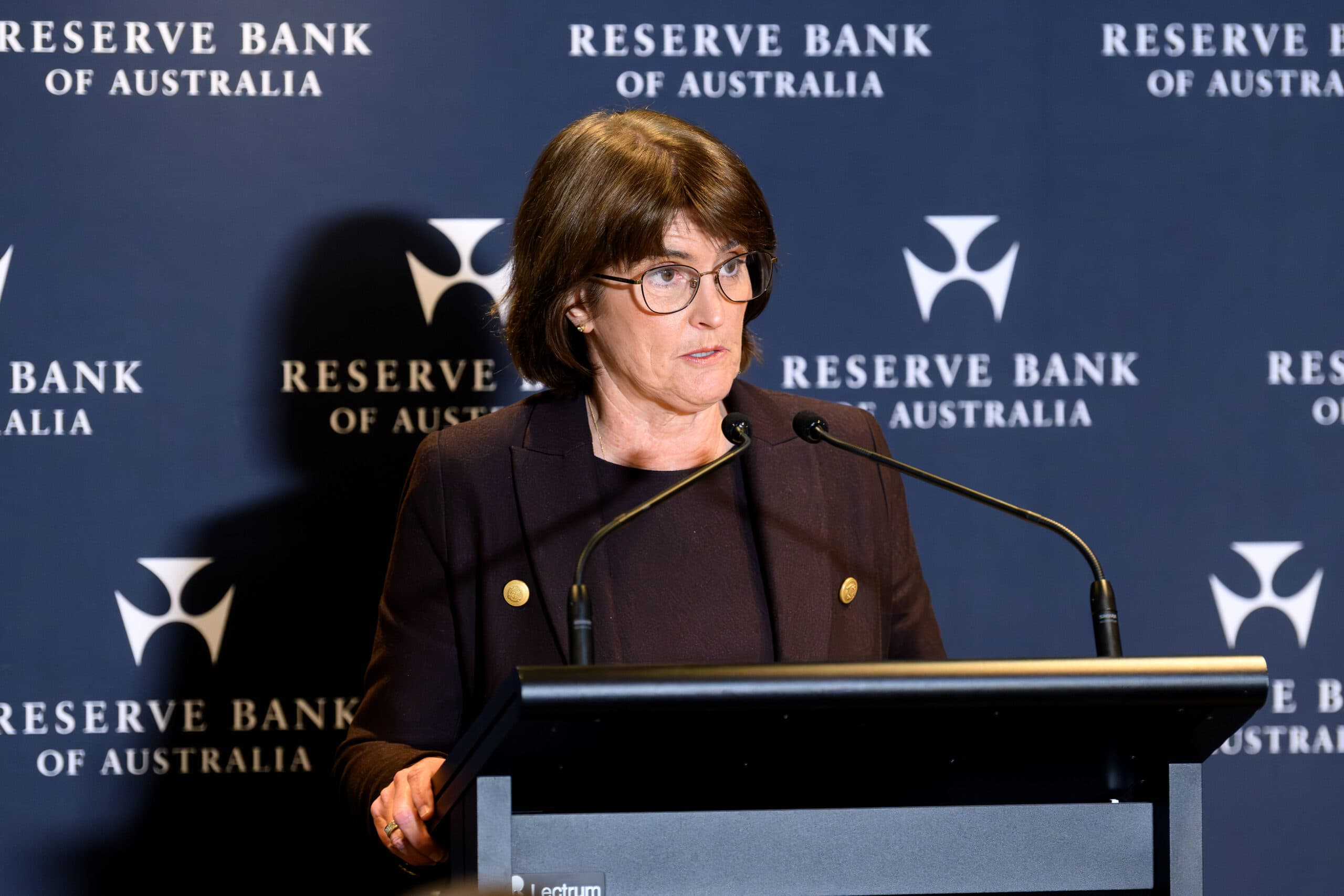Inflation has been on everyone’s lips as supermarket prices have spiked and Australians have felt the cost-of-living squeeze.
Wed 10 Sep 2025 00.00

Photo: AAP Image/Steve Markham
Inflation has been on everyone’s lips as supermarket prices have spiked and Australians have felt the cost-of-living squeeze.
But what does inflation actually mean, and why does it happen?
When someone says “inflation went up” it means that prices have increased, and people’s money can’t buy as much as it could before.
One way prices can go up is when demand for something is high. If you buy prawns for Christmas lunch, you’ll often find the price is way up from the month before. That’s because everyone else has the same idea, making demand go way up, which pulls prices higher. If that happens for enough products across the economy, average prices go up, and inflation grows.
Prices can also rise because the supply of something has dropped. Let’s say a flood or a cyclone hits Queensland tropical fruits and veggies like bananas get wiped out. But people still want to make their smoothies, so the price of bananas rises. When there’s not enough supply for a bunch of things, especially essentials like energy, it pushes prices up across the economy, and inflation increases.
Another way that inflation goes up is if people expect it to. If you think that prices will rise by about 5% next year, you might ask for a 6% pay rise to make sure you can still afford groceries. Corporations might also raise prices because they expect higher costs – or because they think they can get away with it.
In Australia, we measure inflation with the “Consumer Price Index”, or CPI for short. The CPI tracks the average price of things like clothes, food, alcohol, housing, and education. That allows the CPI to measure how prices have changed across the economy.
When CPI growth is low, average prices have only gone up a little bit, but when CPI growth is high they’ve risen significantly. Australia tries to keep inflation between 2% and 3% each year to keep the economy stable.
It might seem strange that we want prices to rise, even by a little, but a small amount of inflation is a natural by-product of a growing economy. It can reflect healthy demand in an economy, robust employment, or rising incomes. But if prices decrease or only rise by a little, it often means the economy is growing very slowly or even shrinking.
The Reserve Bank of Australia is Australia’s central bank. That means it controls the supply of money through setting interest rates, and it tries to use that power to control inflation. Cutting interest rates makes loans easier to afford, and money in the bank earn less interest. That encourages people to borrow and spend rather than save.
Interest rate hikes do the opposite. Australians often feel the effects through their mortgage repayments rising. Higher interest rates leave people and businesses with less money to spend on essentials. If they’re spending less, there’s less demand for the products they’d be buying, which can help fight inflation that’s caused by a big jump in demand.
In response to rising inflation, the Reserve Bank hiked interest rates. But Australia’s recent spike in inflation was the result of reduced global supply. With wars, natural disasters, and a pandemic in the last few years, many countries made less stuff, meaning supply dropped and prices rose.
Because the cause was supply instead of demand, higher interest rates didn’t stop prices going from up but still made mortgages harder to repay. They still reduced demand, meaning businesses earned less and employed fewer people. While the Reserve Bank raised interest rates from 2022 to 2024, retail turnover dropped and unemployment rose.
Some big businesses knew that people expected their prices to go up, so they raised them even though they didn’t need to. This was easier to get away with in areas where a few big businesses dominate the markets, meaning they can raise prices without worrying about competition. Corporate price gouging made inflation worse, even while their profits soared.
Despite this, many working Australians didn’t receive the pay rises they needed to cope with rising prices. Corporations claimed that more income would cause more inflation – and the Reserve Bank was happy to back them up. Combined with rising prices, this meant the actual value of people’s wages reached their lowest point in over a decade.
The Reserve Bank’s interest rate hikes made mortgages more expensive, let wages stagnate and did very little to lower prices. So, inflation isn’t that scary on its own, only when ordinary people are left to feel the brunt of the cost-of-living crisis and big corporations are let off the hook.